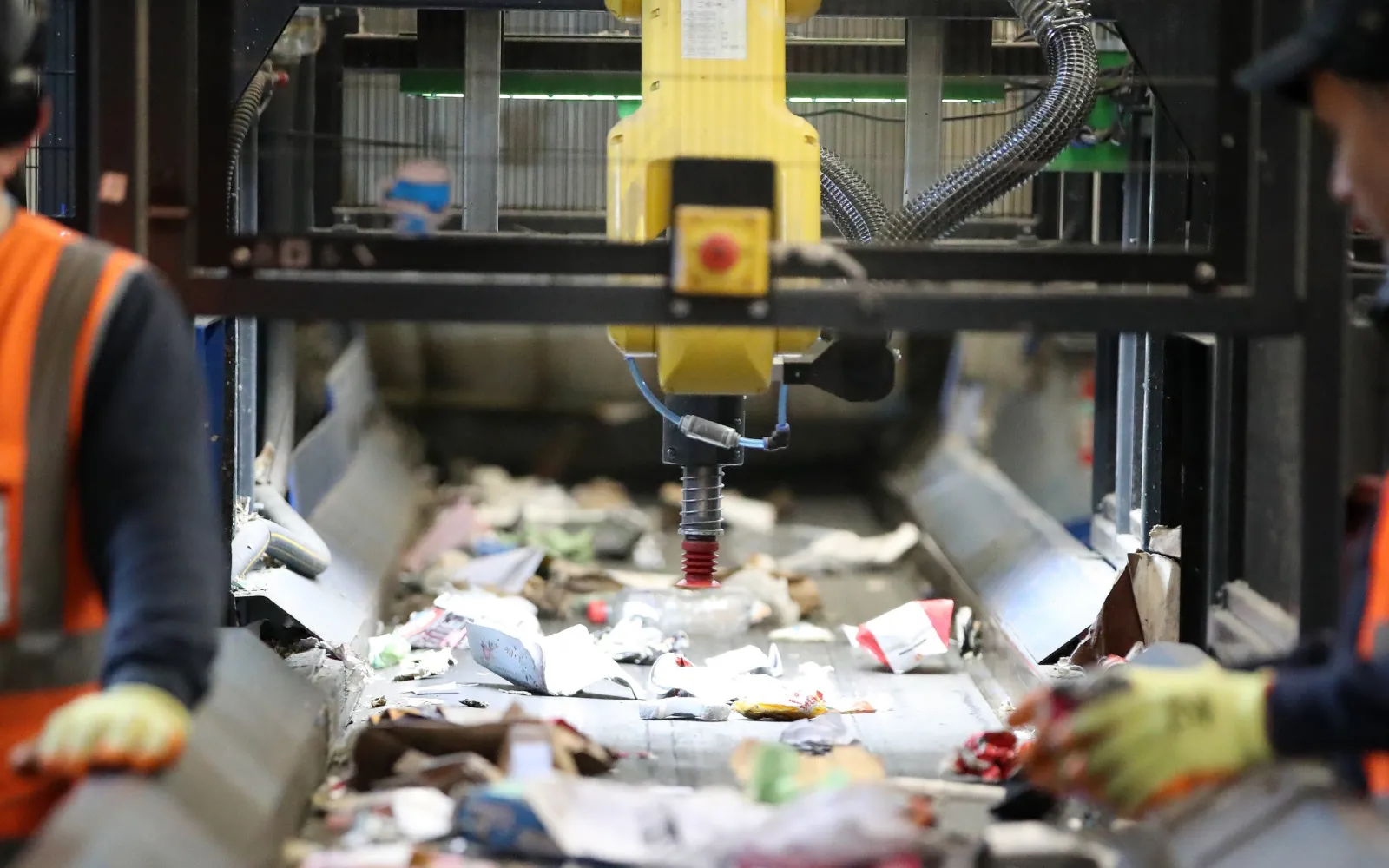


Ordinary portland cement (OPC), the binder in most forms of concrete, is made by heating limestone (calcium carbonate), a process that releases huge amounts of CO2—about 8 percent of the world’s annual total. To meet climate goals without crippling the global construction industry, nations need a zero-carbon or carbon-negative ways to make cement. Brimstone makes OPC by feeding calcium-silicate rocks such as basalt, rather than limestone, into its kilns. The process produces calcium oxide — the key ingredient in cement — without releasing carbon, and if Brimstone’s kilns are heated with renewable energy, the overall process is carbon-negative.
News & Insights


In a deep-tech twofer, Brimstone aims to secure U.S. aluminum supply

Brimstone's $189 million federal award is a game-changer for cement decarbonization

DCVC 2023 Q2 update

Brimstone receives ASTM certification for its OPC: can now replace 98% of world’s cement

Brimstone: Rock Stars of the Cement Industry

DCVC 2023 Q1 update

DCVC Welcomes 2022

Reinventing Cement for a Zero-Carbon Future
In The Media
Clean cement startup Brimstone can make another key material: alumina
Start-ups Trying to (Profitably) Solve the World’s Hardest Problems
Current Climate: Limiting ‘Forever Chemicals’ In Drinking Water
Energy Department awards $6 billion for green industry buildout
6 innovative startups that are kicking CO2 out of cement and concrete
The Best Inventions of 2023
To decarbonize cement, the industry needs a full transformation
This startup CEO claims he can completely decarbonize the cement industry
Green linings & lessons from breakthroughs #159
Cement warms the planet. This green version just got a key nod of approval.
Cement is responsible for 8% of global emissions—but it doesn’t have to be
The Funded: UserTesting raises $140M in downsized IPO that missed its targets
The good times keep rolling for small, e-commerce business owners
Changing up the recipe to make low-carbon cement
Explore Companies

Alta Resource Technologies
Using advanced biochemistry to create a secure supply of critical minerals from waste and other low-grade sources


Slip Robotics
Automating loading dock operations


Recycleye
Reinventing the economics of recycling

Cato Digital
Making hyperscale computing cleaner and more efficient through power management